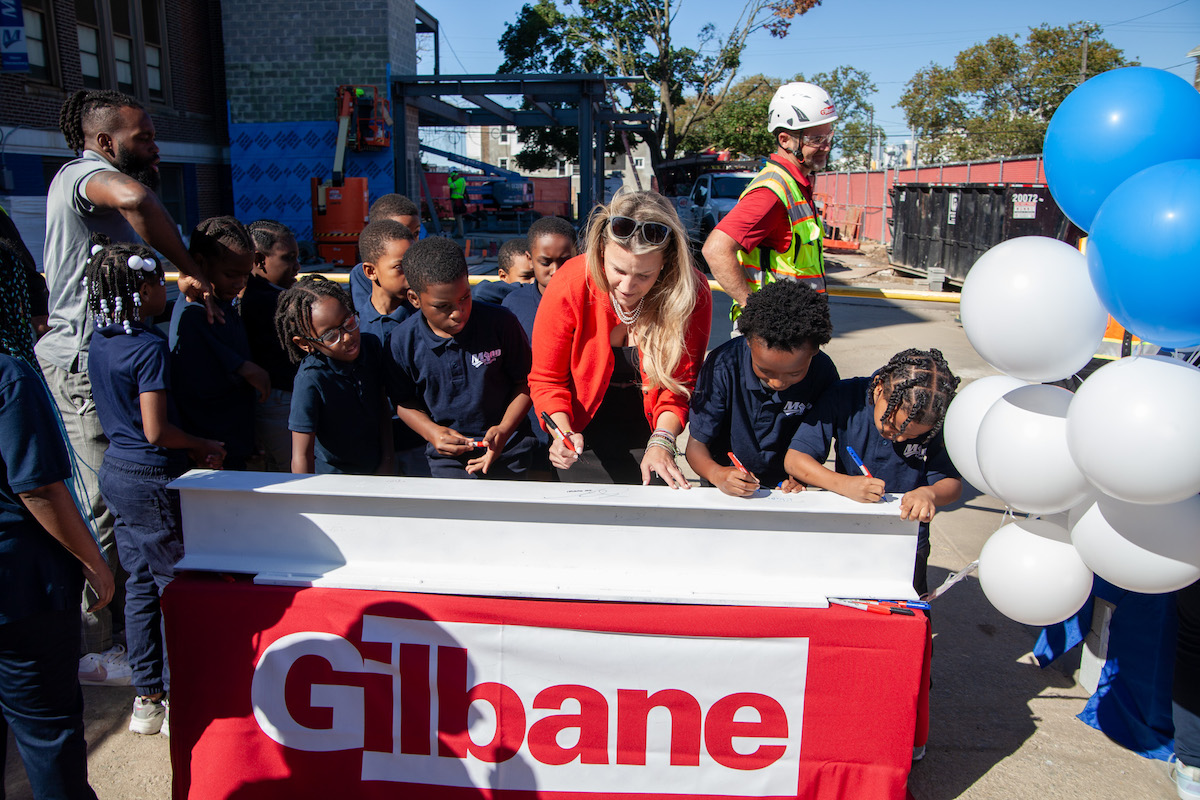In general, the Federal Highway Administration regards full depth reclamation (FDR) as an economical and environmentally desirable alternative to that of complete reconstruction. With FDR, all asphalt pavement material and a predetermined amount of the underlying materials are treated to produce a stabilized base course. Different types of additives may be included to improve the base, such as injected asphalt emulsion employed in the rehab of Litchfield’s Huntington Hill Road. The injected asphalt emulsion results in the top 4-inch base layer being homogenous and bound.
Nadeau explained that they expect to finish revamping the town’s road network during the 2024 construction season. “We have one last road to do. By next year we will have finished fixing every important town road.”
Litchfield has been making significant financial investments in their road maintenance and rehabilitation program over the past several years to raise their overall network condition. They have also utilized a variety of pavement maintenance techniques including FDR (with and without asphalt emulsion stabilization), cold mix asphalt, and chip seals in addition to conventional hot mix paving.
“We have done just about everything. We always look for longevity in each case of pavement treatment. About 95 percent of town roads are paved with asphalt. The remaining 5 percent are gravel roads. We use the chipseal as a wearing surface even on less travelled roads that are paved with asphalt.”

| Your local Trimble Construction Division dealer |
|---|
| SITECH Allegheny |
| SITECH Northeast |
The Public Works Department, which is responsible for maintaining 32 miles of local roads and 28 miles of State-Aid roads, is small, even for a bedroom community of 3,700 residents.
“There are five personnel in the department – three full time, one part-time, and me,” he said. “We have a town road committee – they make the initial decisions about roads. Then the selectmen approve or disapprove.”
“We did it seven or eight years ago on Upper Pond Road and put on a 2.5-inch base and a 1-inch wearing course, then we completed the job with chip seal. It looked incredible. That was a test road, and it has held up very, very well over the years.”
It taught him a valuable lesson – “It costs less money when you grind and inject asphalt. This year we used the FDRWE process on Huntington Hill Road. It was quick. The contractor did the job from grinding to paving – with traffic on the road – in just 10 days. We also did the process on Lunts Hill Road and the Upper Pond Road. Before they did it we took care of the culverts and drainage ditches with our own crew.”
There are many drainage ditches alongside some town roads that pass under homeowners’ driveways through culverts, so in preparation for the FDR, the Town crew completed ditching along the entire length of the roadway and replaced all necessary driveway and cross culverts.
After considering the condition of the existing pavement, the traffic volume of the roadway, and sample cores taken from the road, the Town chose full depth reclamation with injected asphalt emulsion stabilization as the best method to restore the profile of the road and build additional structure into the base.
According to FHWA, published case studies of full depth reclamation show that when executed properly, this process can effectively reconstruct pavements by eliminating a variety of distresses. The structure of the pavement can be improved significantly without changing the geometry of the pavement. Furthermore, this method provides a very economical alternative to conventional construction methods by reusing the existing pavement materials. Thus, energy and materials are conserved, air quality problems from dust, fumes, and smoke are eliminated, and a disposal problem is avoided, so the process is environmentally desirable.
The Caterpillar reclaimer can pulverize a roadway up to 16 inches, mixing asphalt pavement with base aggregate. Usually, this type of recycling is performed to a depth of 4 to 12 inches, but this case was different. The existing pavement thickness was so uneven – from 6 inches to as much as 14 inches – that they initially had to pulverize the roadway from 10 inches to 16 inches.
Following grading of the material to the desired profile and final compaction by the Caterpillar CS-563C Roller, the top 4 inches of blended material was injected with an average of 1 gallon per square yard of asphalt emulsion. This is made possible by having asphalt emulsion pumped from the distributor into the reclaimer and injected directly into the top 4 inches of pulverized blended material through a series of nozzles across the drum of the reclaimer. This is a computerized and metered process to assure the proper amount of emulsion is injected equally across the width of the pass.
Completing the process, the road was paved with 2.5 inches of 19 millimeter base course Hot Mix Asphalt and 1.5 inches of 12.5 millimeter surface course HMA. The contractor used a Caterpillar 655F Paver, two HAMM HD90 Steel Rollers and a Caterpillar CW34 Rubber Tire Roller for this work.
All contracted work was done by All States Construction, Inc., a part of All States Materials Group, while the hot mix came from Auburn Asphalt, LLC, also part of ASMG.
Additionally, the use of this process maximized the value of existing materials recycled in-place, while also allowing the Town to reset the profile of the roadway and create a new surface that is built for long-term performance.
Coordination among the Town, ASMG, and flaggers, as well as communication with residents and businesses allowed for minimal disruption to the driving public with the road remaining open to traffic throughout the entire FDR and paving process. The Town also plans to do FDRWE work on smaller streets Pine Tree Road and Dennis Hill Road and anticipates results similar to those obtained with Huntington Hill Road.
After the 2024 season, the Town will have completed all necessary roadway reconstruction and rehabilitation projects and plans to shift to a complete preservation program going forward.







































































